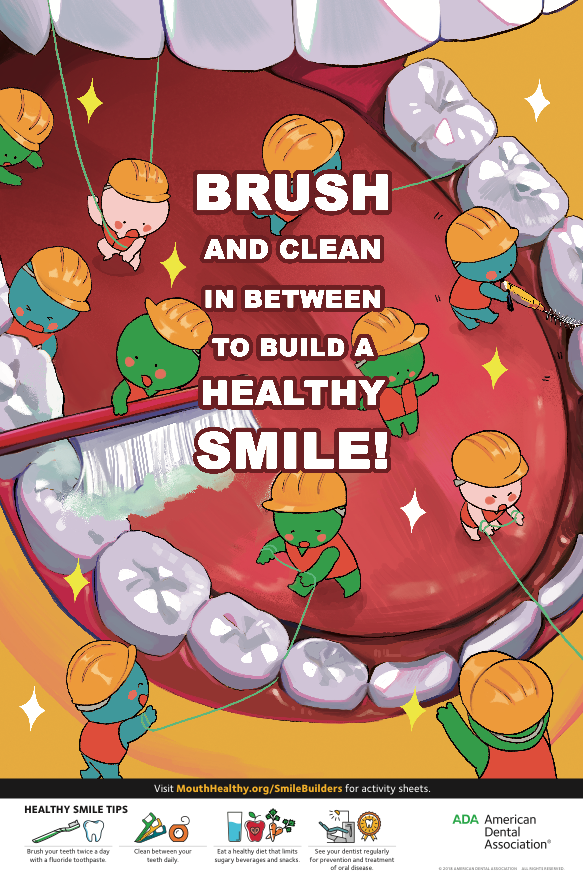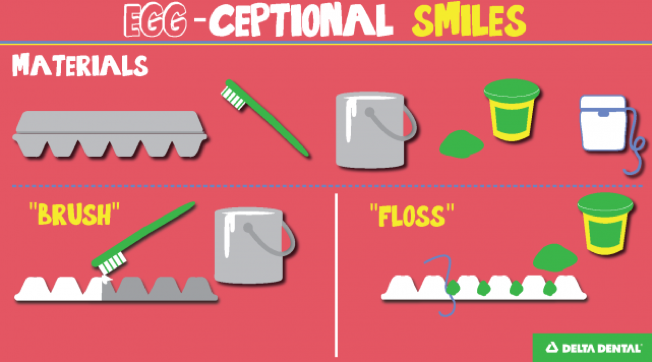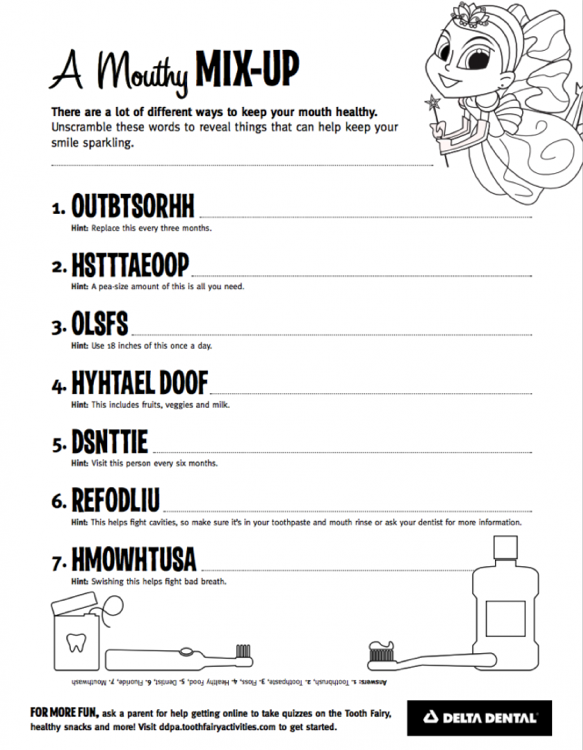
We want to expand access to dental health care, and we want YOU to be a part of it. Here are some advantages to working with us:
• More Patients — Delta Dental network dentists average 5 more patient visits per week than non-participating dentists.
• Visibility — You’ll be listed in our national dentist search. When nearby members search for a participating dentist, your practice will appear in the results.
• Easy Administration — Participating dentists are paid directly when treating Delta Dental subscribers. Our accurate claims processing means you’ll be paid quickly and easily.
• National Coverage —You’ll be in-network for Wisconsin patients and for Delta Dental members nationwide!
• Dental Expertise — We focus on dental insurance — and we do it well.
Research shows insured individuals visit their dentist twice as often as those without insurance.
Contact our Delta Dental of Wisconsin Professional Relations team for more information at 1-800-836-0490.











